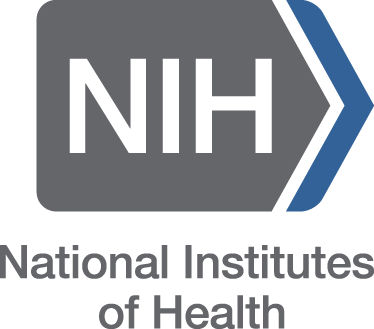Updates in Diagnosis and Management of CSF Rhinorrhea: A Systematic Review
DOI:
https://doi.org/10.63001/tbs.2024.v19.i02.S.I(1).pp734-739Keywords:
CSF rhinorrhea, cerebrospinal fluid rhinorrhea, diagnosis, management, treatment options, symptoms, diagnostic modalities, risk factors, systematic reviewAbstract
Objectives: To synthesize current evidence on the diagnosis and management of cerebrospinal fluid rhinorrhea (CSFR).
Methods: A thorough search of pertinent databases following the PRISMA guidelines was done in order to find studies that satisfied the requirements for inclusion. A thorough search of PubMed, Web of Science, SCOPUS, and Science Direct was conducted to find pertinent literature.
Results: Eleven studies, including a total of 382 CSFR patients and 170 (44.5%) of them were males, were included in our data. The success rate of the trans-nasal endoscopic approach ranged from 66.6% to 100%, while Endoscopic endonasal eustachian tube obliteration (EEETO) reported a success rate of 65.1%. Meningitis, pneumocephalus, frontal Sinusitis, failure of closure (immediate), and failure of closure (delayed) were the reported adverse effects following trans-nasal endoscopy in CSFR. No adverse effects were reported among patients who underwent EEEO. 0.06% ipratropium bromide nasal spray reaction was useful in excluding CSFR, and computed tomography cisternography (CTC) and magnetic resonance hydrography (MRH) had excellent sensitivity for CSFR diagnosis.
Conclusion: The preferred and most reported technique for repairing CSF fistulae in the majority of clinical situations is now endoscopic surgery with success rates ranged from 66.6% to 100%. CSFR is a general diagnostic that encompasses several locales and etiologies.






























